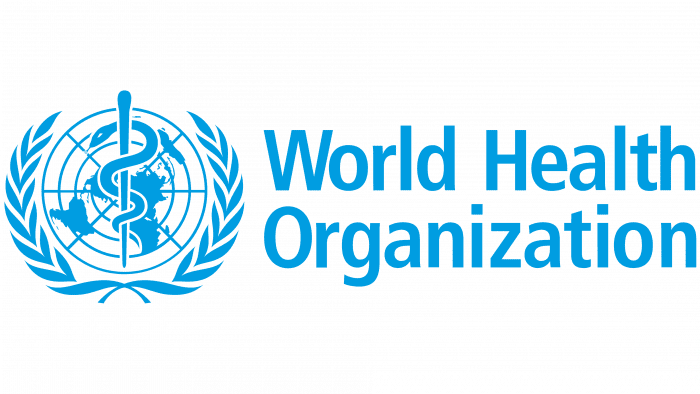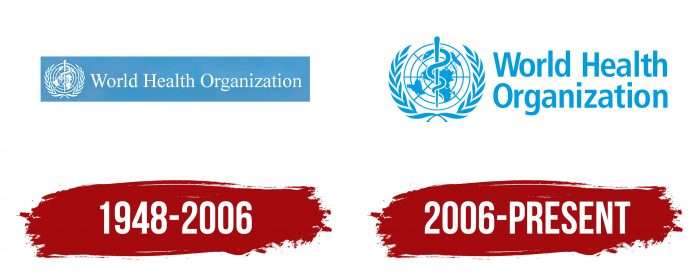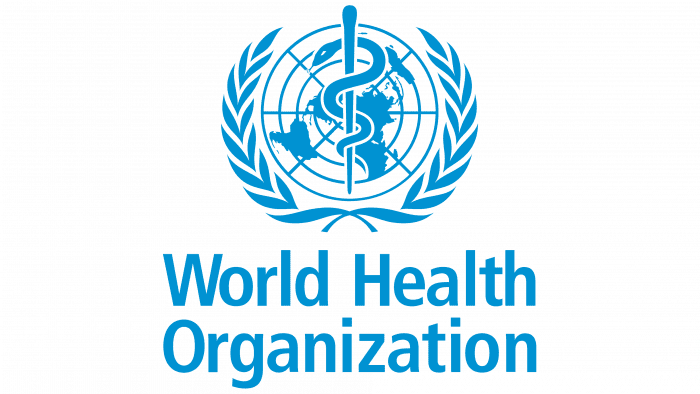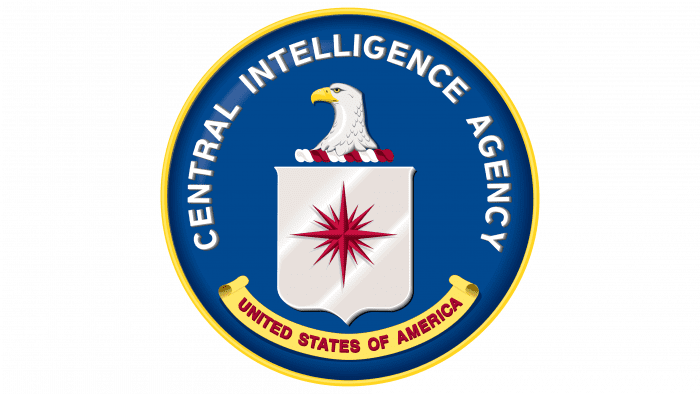 World Health Organization (WHO) Logo PNG
World Health Organization (WHO) Logo PNG
The World Health Organization logo conveys concern for the health of all mankind for the sake of peace and prosperity. The company is on guard against dangerous diseases and takes care of their prevention. The color scheme confirms the globality of the goals conveyed by the emblem.
World Health Organization: Brand overview
| Founded: | 7 April 1948 |
| Headquarters: | Geneva, Switzerland |
| Website: | who.int |
Meaning and History
As part of such a global network as the United Nations, the World Health Organization adopted its logo. The developers adapted it to the requirements of the health service of the inhabitants of the Earth. This clearly emphasizes its belonging to the UN, testifies its high world status, and highlights its work’s conceptual priorities.
So, the organization’s basic tasks are the coordination of activities in the health sector, providing specialized assistance to governments, assistance in cooperation with other institutions, monitoring nations’ health status, assessing general trends, combating dangerous diseases, etc.
Moreover, the history of the emergence of the WHO is rooted in ancient times. For example, in 1839, the first international body was formed to deal with anti-epidemic measures to suppress plague and cholera. It was the Constantinople High Council of Health, formed in Turkey. A little later, its analogs appeared in Morocco and Egypt (1840th and 1846th year). Then the first International Sanitary Conference was held in Paris, to which 12 countries joined.
At the beginning of the 19th century, similar organizations already existed in the United States and Europe. In 1923, the League of Nations International Health Organization began work with its headquarters in Geneva. And in 1946, in New York, it was decided to create a new structure on a ready-made basis – the World Health Organization. Its charter was adopted by the participating countries two years later – in 1948, on April 7. This date is considered the official day of the foundation of the WHO.
In the summer of the same year, the first management meeting was held, where assets were agreed, personnel were approved, responsibilities were assigned, and an emblem was chosen. The full-fledged work of the organization began in 1951. In general, during the existence of the service, it had two logos.
What is World Health Organization?
World Health Organization is an autonomous agency cooperating with the United Nations and based in Geneva. It deals with the treatment and prevention of diseases that threaten humanity. WHO creates various programs to improve the population’s health level and to ensure access to quality medical services. In addition, its tasks include combating epidemics and developing healthcare standards.
1948 – 2006
The key element of the identity is the United Nations emblem, which shows a schematic representation of the globe, which speaks of the global nature of the WHO mission and its close connection with the parent organization. In addition to the planet on the makeshift 2D disc, there is also a double laurel wreath. It symbolizes the peaceful solution to problems. The center of the mesh circle is a staff with a snake protruding beyond the icon’s top border.
To the right is the full name of the world health service. The phrase “World Health Organization” is written on one line with capitalization. All characters are thin, printed, evenly indented, and serifs. The text with the icon is placed against the background of a blue rectangle stretched horizontally.
2006 – today
The current version is a regrouping of the previous version. It still consists of two parts: the UN logo (a map of the Earth flanked by laurel branches) and the medicine emblem (a snake wrapped around a staff). This combination conveys the dominance of health care over the forces of nature. On the right-hand side is the world service’s name in two lines: at the top – “World Health,” at the bottom – “Organization.” The inscription is made in a sleek and simple font – grotesque, with a close arrangement of letters.
World Health Organization: Interesting Facts
The World Health Organization (WHO) is key in addressing health issues worldwide.
- Established in 1948: WHO was created on April 7, 1948, which we now celebrate as World Health Day. It was set up to lead on global health matters.
- Eradicating Smallpox: One of its first major victories was wiping out smallpox in 1980, the first disease to be eliminated through human efforts.
- Wide Membership: WHO includes 194 Member States from six regions, which helps it implement global health initiatives.
- Main Goals: WHO works towards universal healthcare, tracks public health risks, leads the fight against health emergencies like Ebola and COVID-19, and aims to improve overall health and well-being.
- International Health Regulations (IHR): WHO manages the IHR (2005), an agreement to prevent and respond to serious public health threats.
- Health Emergencies Programme: This was started after the Ebola outbreak in West Africa to support countries in managing health crises.
- World Health Assembly (WHA): WHO’s policy decisions are made at the WHA, where member countries discuss health agendas set by the Executive Board.
- Tobacco Control Treaty (FCTC): WHO’s first treaty, signed in 2003, focuses on reducing tobacco use globally.
- Supporting Sustainable Development Goals (SDGs): WHO is crucial in achieving the health-related SDGs, especially Goal 3, which focuses on good health and well-being.
- Sharing Knowledge: WHO offers open access to a huge range of health data and research, promoting transparency and spreading information.
These points show WHO’s vital role in global health, from fighting diseases to setting health standards and helping the world tackle health challenges together.
Font and Colors
The logo depicts the planet Earth and its background – a staff with a snake crawling upwards. These are two legendary symbols of medicine, adopted in the early centuries. A snake’s image is taken from the second millennium BC – from Ancient Babylon when this reptile was the personification of immortality and wisdom.
The second attribute is a knobby stick with a knob. She, too, is associated with healing and came from the eighth century BC. It belongs to the god of healing Asclepius. Now a vertical staff with a snake entwined around it is a common emblem of health. Moreover, the World Health Organization’s graphic icon has become a distinctive sign and its official seal.
The debut version of the logo uses a typeface that most closely resembles the Doulos SIL Compact Regular fonts from SIL International and FretQwik Regular, created by designer Robert Allgeyer. The current version contains an inscription made by Acumin Pro Semi Condensed Semi Bold or Bell Centennial Std Name & Number. The only difference is the absence of the upper part “t” cut off at an angle and an even square above the “i.”
The color scheme is taken from the United Nations: the combination of blue and white is its official palette. It conveys a double meaning: WHO’s a direct relationship to UN and a bright (peaceful) sky overhead.
World Health Organization color codes
| Rich Electric Blue | Hex color: | #009de1 |
|---|---|---|
| RGB: | 0 157 225 | |
| CMYK: | 100 30 0 12 | |
| Pantone: | PMS 801 C |







